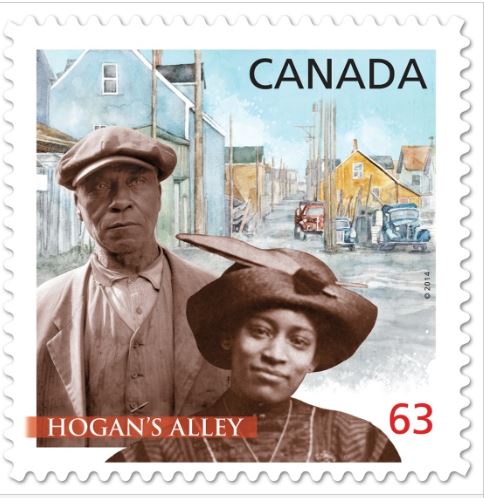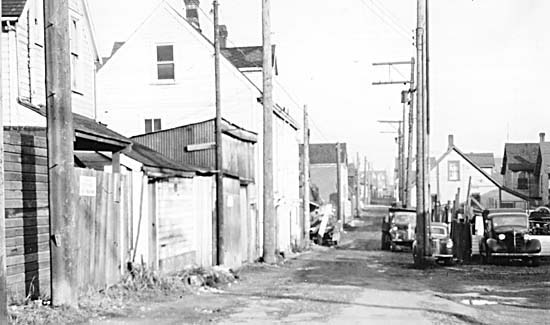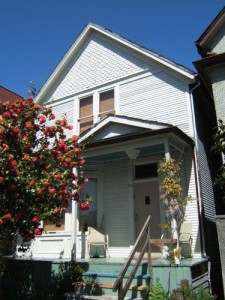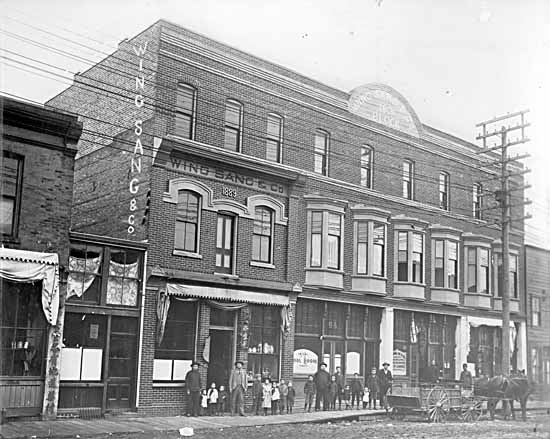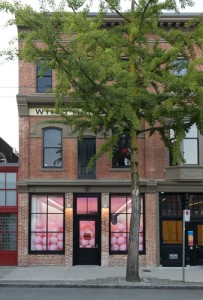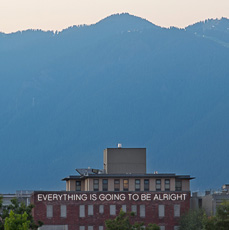From Vancouver Exposed: Searching for the City’s Hidden History
In February 2014, Canada Post came out with two stamps in recognition of Black History Month. One shows Hogan’s Alley, the unofficial name for an area near Union and Main Streets and home to much of Vancouver’s early black community. The other is of Nora Hendrix and Fielding William Spotts.
The photo of Spotts was taken in 1935, and it shows the 75-year-old standing outside his home at 217 ½ Prior Street in Hogan’s Alley, which would be bulldozed out of existence our decades later to make way for the Georgia Viaduct.
On the stamp, Spotts stands next to a young Nora Hendrix, who lived to be 100, spent much of her life in Strathcona and become famous for her grandson, rocker Jimi Hendrix. According to the city directory of 1930, Spotts ran a shoe shine business at 724 Main Street.

This was the sixth year that Canada Post produced a stamp for Black History Month—Rosemary Brown was first up in 2009, and it was the first time the stamp focussed on a place instead of a person.
I was curious how Canada Post chose these images, so I called media relations. Turns out it’s quite a process. A committee of 12 selects the subject matter. Our one representative from Vancouver in 2014 was artist Ken Lum. He joined a panel of designers, philatelists (stamp collectors), curators, and curiously, Toronto economist David Foot who wrote Boom Bust & Echo.
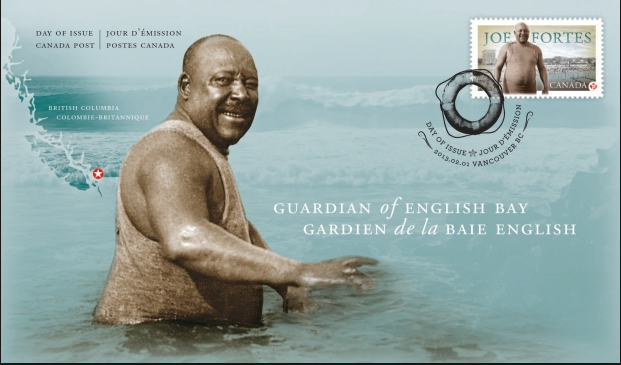
I also wondered who buys stamps these days. Turns out while not many of us mail letters, there’s still a large worldwide demand for stamps. Canada Post churns out about 50 different stamps every year.
You can suggest your own stamp. It takes about two years from inception to find its way to an envelope.
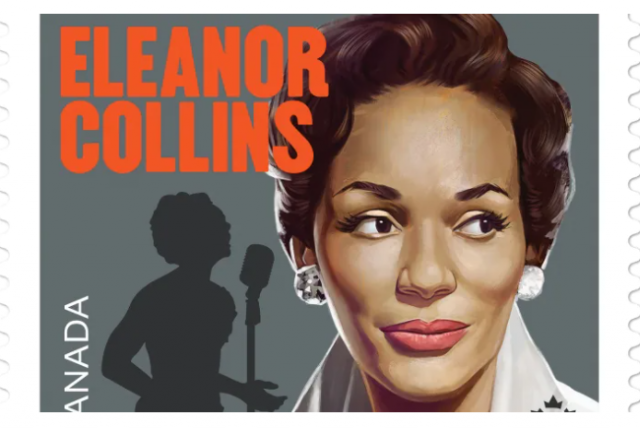
Stamps for 2022 include Queen Elizabeth, Calla lilies, Vancouver’s Elsie McGill for the Canadian’s in flight series, and music legend Eleanor Collins who is 102 and lives in Surrey, BC.
© Eve Lazarus, 2022



